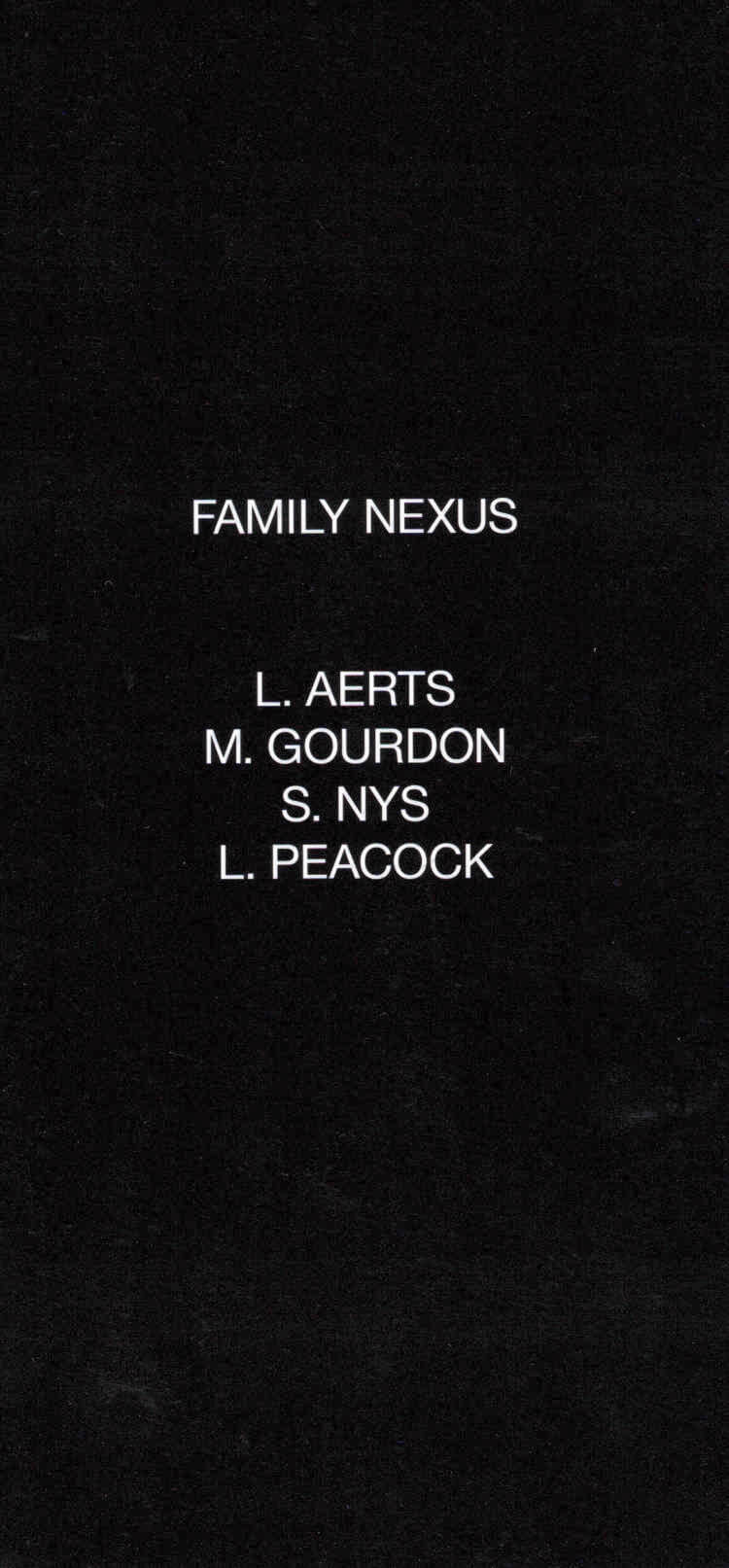
Divided we stand, together we fall
This artist's book presents a set of photographs made by Belgian artist Sophie Nys during her stay in Zurich. It features each of the modernist fountains produced by designer Alfred Aebersold in the 1970s and scattered throughout the Swiss city. The images are associated with amusing and clever captions written by Leila Peacock, a Scottish artist living in Zurich.
In 1973, Alfred Aebersold won the competition organized by the Water Supply Department of Zurich for the design of a fountain. It was to be the visible part of a vast, autonomous and secured water supply system of 89 identical fountains distributed throughout the territory of the city. The context was that of the cold war. The threat, invisible but permanent, was the contamination of the public water supply network by an external agent. Aebersold—trained as an interior designer and founder, together with Jörg Hamburger and Herbert Merz, of studio Gruppe 3 in 1961—was representative of a Swiss design that followed the formal vocabulary of Max Bill. Bill contributed from the 1940s onward to the dissemination of ways of living and Western values to question those of Soviet ideology. Designed in the 1970s but recalling through its formal vocabulary a modernist, stable, and reassuring sculptural language expressed in the organicity and solidity of its forms, this fountain presents itself as a historical paradox of sorts. But it also presents itself as a visual symptom, set within the public space, of a necessity for a continued, ahistorical defense. The context changes, but the threat remains. And the fountain, masking its purpose in the functionality of its bowels—according to a Duchampian modus operandi, in which the sense one could assign to forms is obscured and diverted—, tirelessly spurts the purity of its liquid.
Published in 2017 184 pages






